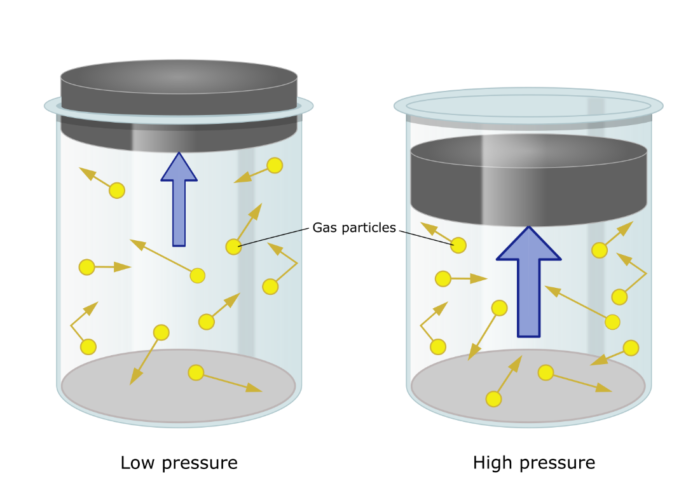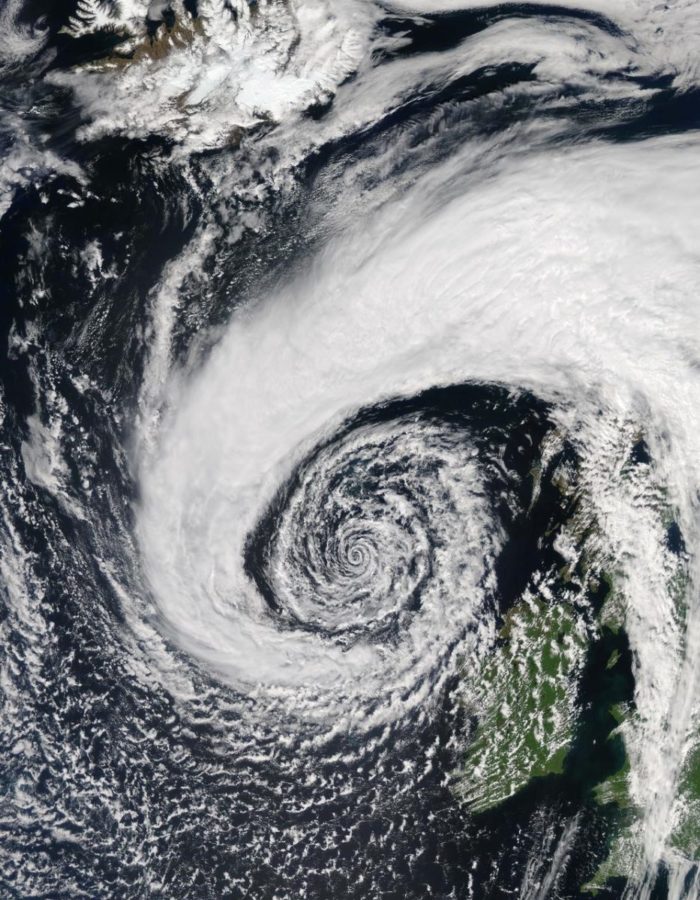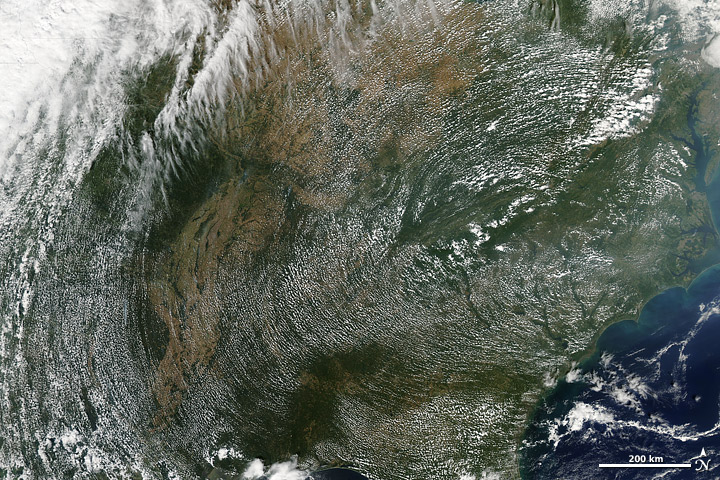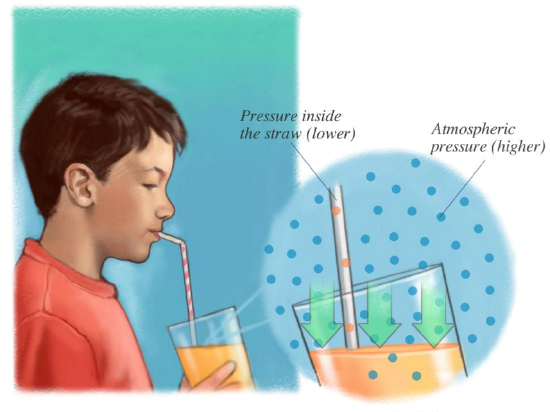Pressure
Author: Gregory Walton
What is pressure?
Simply put, pressure is the measure of a force applied to a given surface area. For example, when you push on an object you are applying pressure with your hands, and when you push harder, you apply more pressure. This can be expressed as an equation,
Pressure=force/area.
Pressure in fluids
There are many forces which can result in fluid pressure. Gravity is one example of a force which acts on fluids and affects their pressure. When you swim deeper in a swimming pool, the pressure you feel increases because the increased force from the fluid above you, which is weighed down by gravity. This is the reason swimmer ears hurt when they dive deeper underwater, the water pressure is pressing against the ear drum.
Another kind of pressure in fluids is gauge pressure, which is the natural pressure caused by the molecules in the fluid. You may not realise it, but fluids such as air or water, are applying pressure to the objects that surround them all the time. From a molecular perspective, the pressure exerted on a sealed container by a fluid (either gas or liquid) is the average effects of the force by the continual collisions with the large number of fluid particles.
 Fig 2: When a fluid is compressed into a smaller volume, the number and velocity of the particle collision increases, this raises the fluid pressure and temperature.
Fig 2: When a fluid is compressed into a smaller volume, the number and velocity of the particle collision increases, this raises the fluid pressure and temperature.
If the volume of the container is reduced, the molecules keep the same energy in their movements as before and the collisions of the fluid particle with container wall increase, and so the pressure increases. This can be seen in the diagram above, where lowering the lid has led to a compression of the particles into a smaller volume but the number of molecules has kept the same.
There are other ways we could alter the pressure in the sealed container. For example, applying heat to the container, the molecules become more energised and will move faster. This increases the rate and force with which the molecules collide with the walls of the container, thus increasing the overall pressure. Conversely, cooling the container will reduce the pressure.
Pressure differences can cause fluid flows which we encounter everyday of our lives. Here are some examples:
 Fig 3: This low-pressure system off the coast of Ireland, brough rain and bad weather to rest of the British Isles in June 2015 (typically British summer weather!). A deep low-pressure area lies in the centre of the spiral. The bands of cloud contain rain, wind and thunderstorms spiral in a counterclockwise direction towards the centre.
Fig 3: This low-pressure system off the coast of Ireland, brough rain and bad weather to rest of the British Isles in June 2015 (typically British summer weather!). A deep low-pressure area lies in the centre of the spiral. The bands of cloud contain rain, wind and thunderstorms spiral in a counterclockwise direction towards the centre.
Atmospheric pressure and weather
Atmospheric pressure is the pressure we feel from the surrounding air every day. It arises from all the forces acting on the air resulting in pressure, such as gravity and gauge pressure. It is a hugely important factor contributing to evolution of weather systems. Atmospheric pressure (or barometric pressure) is the weight of the air pushing down onto the earth’s surface. If you were to travel up in altitude the total weight of the air above you is less, and so the atmospheric decreases. The atmospheric pressure is not the same all over the surface of the world due to changes in the forces acting on it, it is these variations which form wind and storms. You may have heard the weatherperson on TV talk about high and low pressures when making their predictions.
Flow through pipes: using pressure differences to drive fluid flows
To get fluid to flow through pipes, we usually need to cause a pressure difference. You will do this when drinking through a straw without even realising it!
It is a common belief that when drinking with a straw the liquid is being sucked up, however the liquid is actually being pushed up and the reason is pressure! When you suck on a straw the air is pulled out which creates a vacuum in the straw – like pulling the lid up on the container in the example above. Now the atmospheric pressure on the surface of the liquid outside the straw is still the same. This pressure difference caused the liquid to be forced up into the straw. This is another important fluid concept; a fluid will flow from areas of high pressure to low pressure.
Tornados
Another example of pressure in nature are tornados. The pressure inside a tornado is very low and the pressure outside is very large. This causes the air to rush up into the tornado, acting like a giant vacuum cleaner. These winds are often very strong which can often cause damage to trees and buildings. Check out this YouTube video from National Geographic to learn more about tornadoes.

 Fig 1:
Fig 1:  Fig 4:
Fig 4: